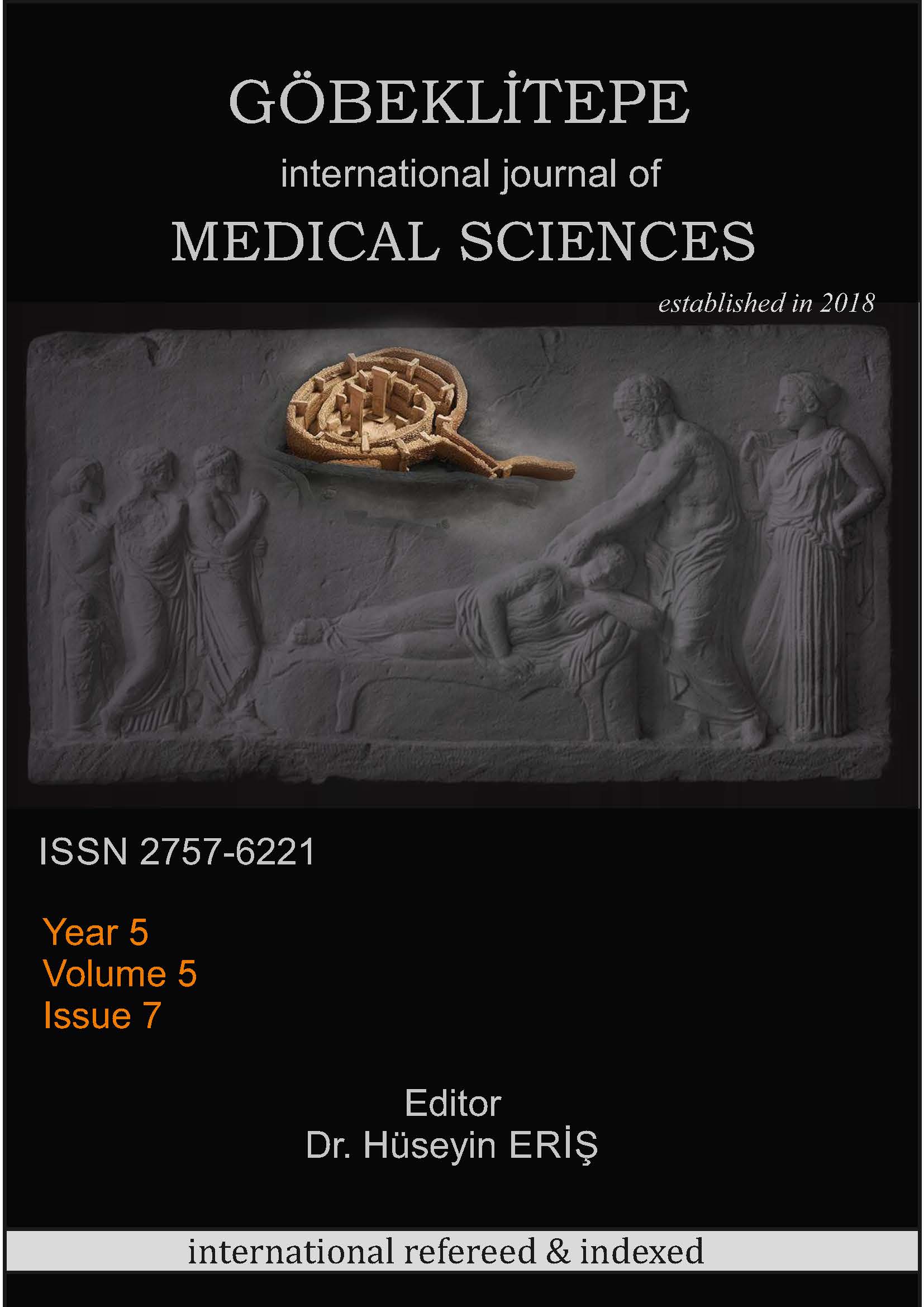INVESTIGATION of THE RELATIONSHIP BETWEEN MIDWIFERY STUDENTS' INTERCULTURAL SENSITIVITY and COMPASSION LEVEL
DOI:
https://doi.org/10.55433/gsbd.148Keywords:
Midwifery Students, Intercultural Sensitivity, CompassionAbstract
Due to the nature of the midwifery profession, midwives care for individuals in different cultures. This research was conducted to examine the relationship between midwifery students' intercultural sensitivity and their level of compassion.The research is relationship-seeking-descriptive type and was conducted with 206 students studying in midwifery departments in different cities and universities in Turkey. Data in the study were obtained by using the Descriptive Characteristics Form, the Intercultural Sensitivity Scale (ISS), and the Compassion Scale (CS).It was determined that the midwifery students' mean ISS score was 83.92±5.56 and CS score was 104.26±9.68, and there was a moderate, positive and significant relationship between students' intercultural sensitivity and privacy awareness (r=0.627, p<0.01)As a result of the study, it is seen that compassion is a significant predictor of intercultural sensitivity. In a globalizing world where the importance of intercultural sensitivity is understood, it is thought that it is important to develop training strategies to train midwives with high compassion levels.





